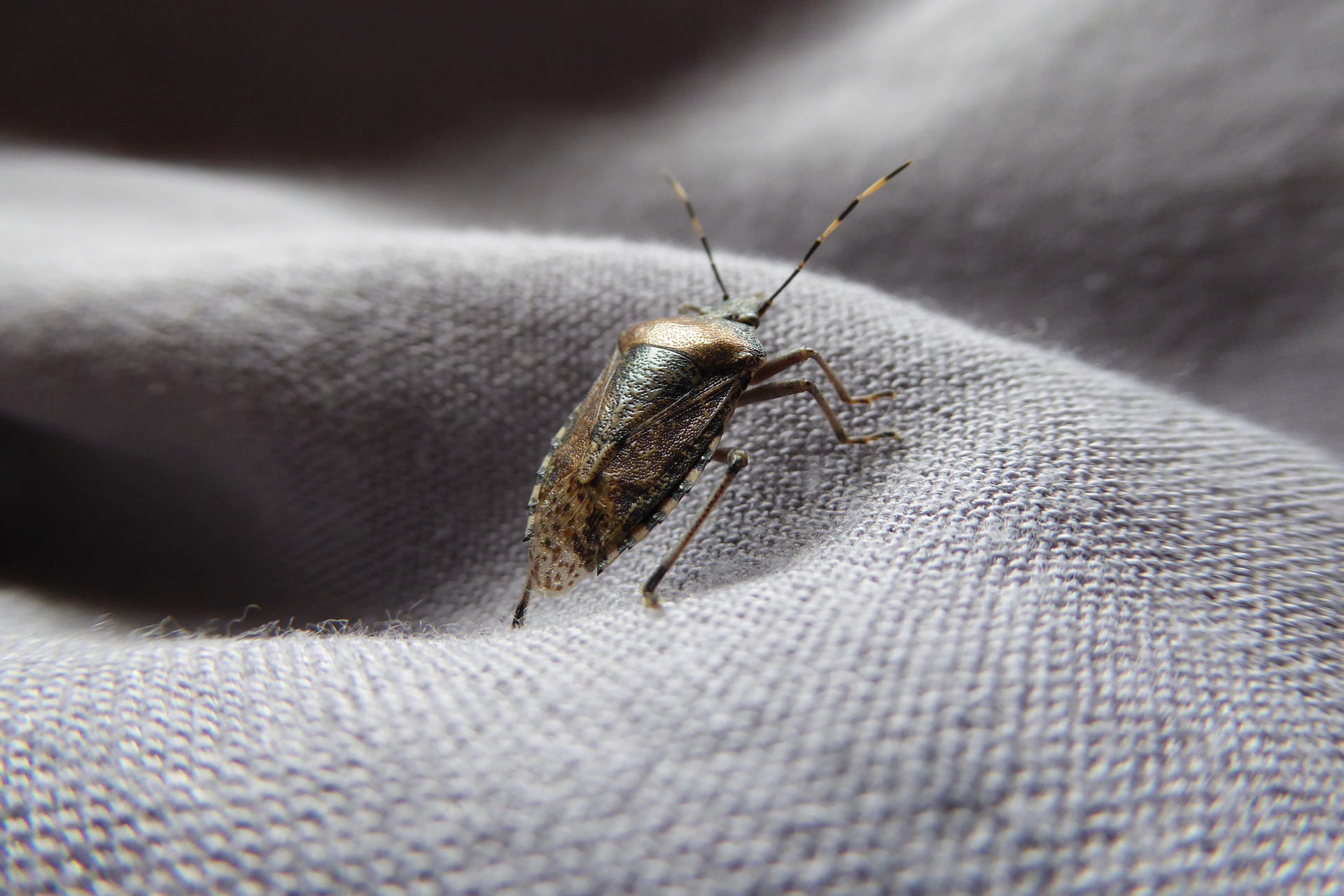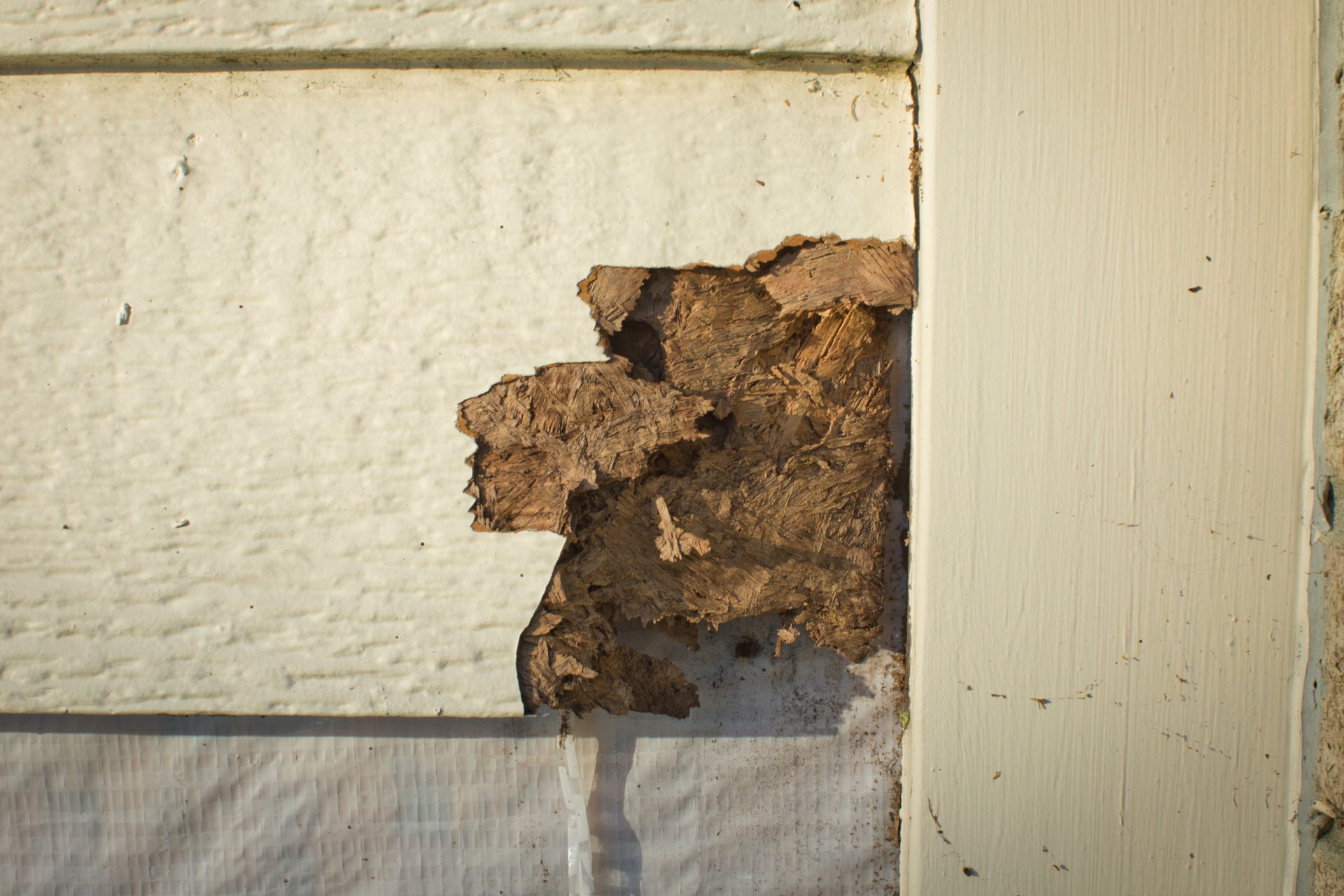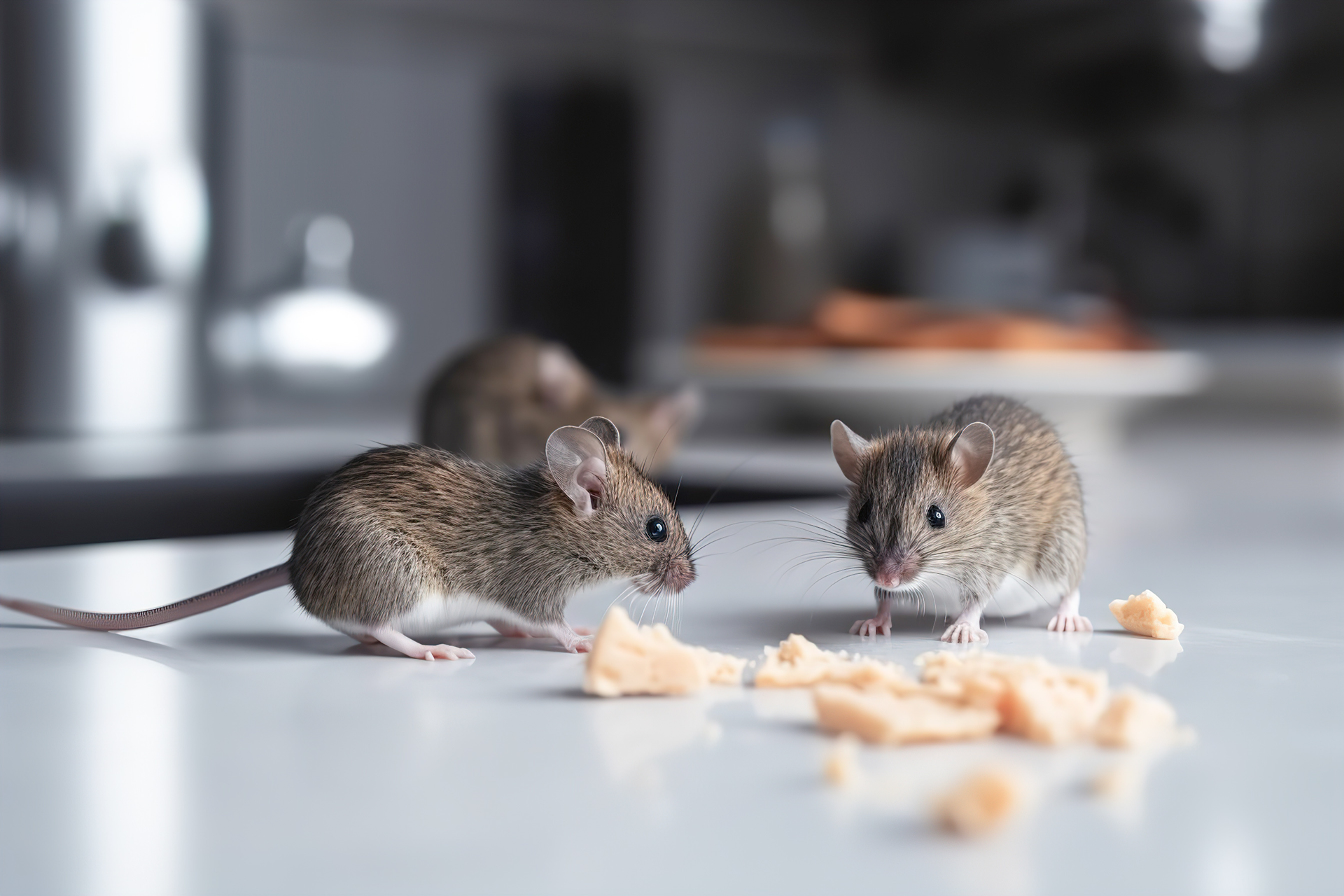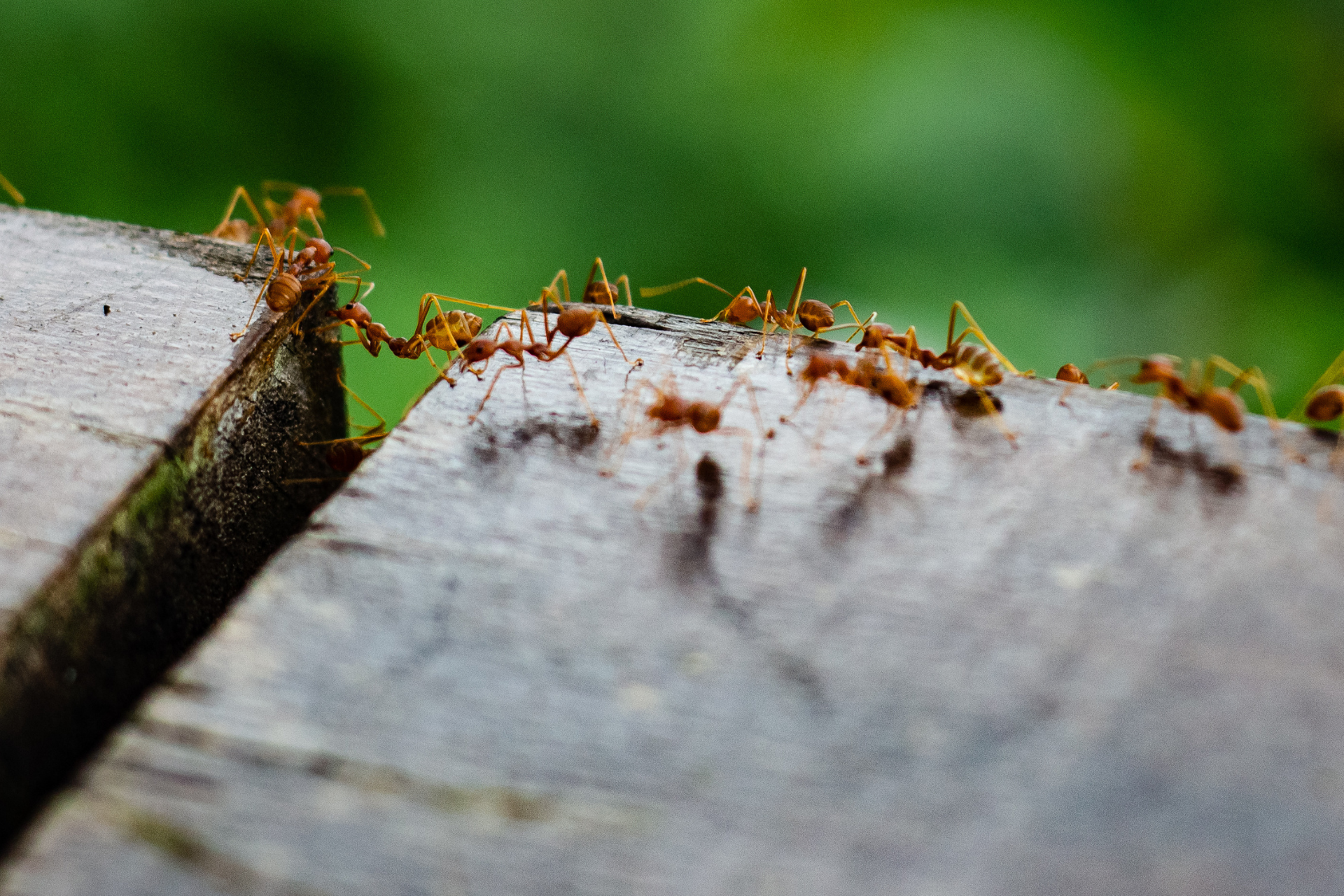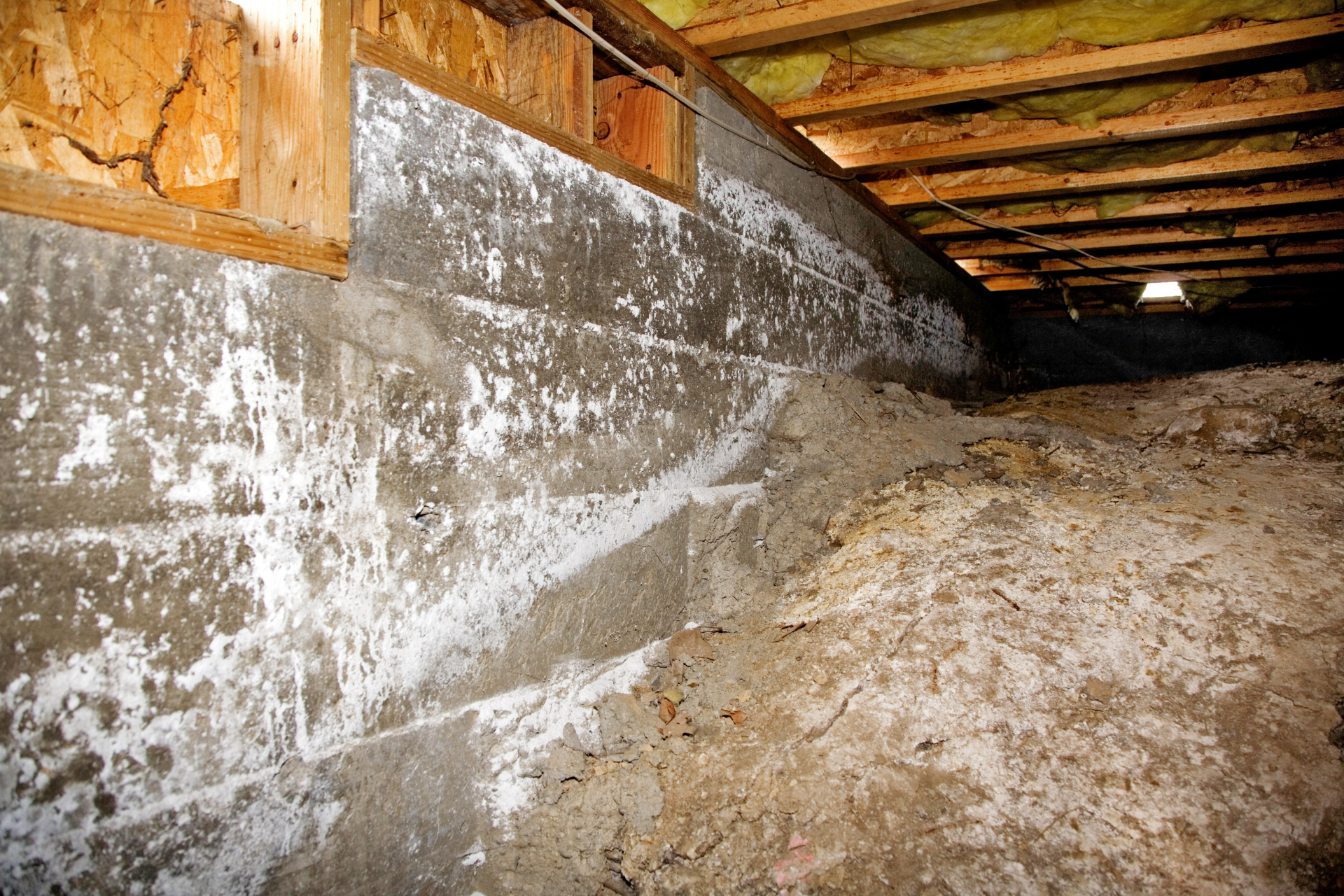Interesting Things You Probably Didn’t Know About Stink Bugs
With warmer temperatures and a lack of natural predators, stink bugs are primed and ready to explode in population in years to come. Despite their relative harmlessness compared to other pests, they are notorious for invading homes in shocking numbers, releasing terrible odors, and causing millions of dollars in damages to crops. Though stink bugs are undoubtedly unpleasant, they are also genuinely fascinating and unusual insects with more to them than meets the eye—or nose.
The Mysterious History Of Stink Bugs
Though there are around 5,000 species, the non-native Brown Marmorated Stink Bug is the most prolific. As East Asia natives, they did not exist at all in the United States until 1998, when they were spotted in Allentown, Pennsylvania. Though no one knows for sure how they made their way across the Pacific, working theories postulate they hitched a ride on a shipment from overseas, hidden in crates or machinery. Regardless of how they got here, the Brown Marmorated Stink Bug did not hesitate to take over new land and make its presence known, eventually spreading to 43 different states.
They are avid travelers, searching far and wide for warmth. Unable to produce their own heat, they rely on pleasant weather and overwintering strategies to survive. Though caulking and weatherproofing can act as deterrents, it is difficult to keep a determined bug out of your home as they can crawl through crevices as small as seven millimeters.
Why Do Stink Bugs Smell?
Though stink bugs are well-known for the smell they produce—after all, it is in the name—many people do not know that they have multiple types of odors. Their most conventionally known smell is the unpleasant variety they release when disturbed, threatened, or crushed. Some people say it smells like skunk, while others liken it to coriander. In actuality, the spray consists of two primary chemicals. One of those chemicals, called trans-2-decenal, is responsible for the smell of cilantro. The substance is equally bad tasting as it is malodorous, and some predators end up immediately spitting them out in disgust. According to a 2016 study, the smelly spray serves a purpose beyond scaring potential predators and making your nose scrunch up in disgust. It also acts as an antibacterial agent, inhibiting bacterial growth.
One reason why they pose a problem to homeowners is that they can call on others of their kind. When they find shelter worthy for overwintering, stink bugs release a chemical substance that signals others to congregate. Though odorless to humans,it is sure to attract other stink bugs promptly. Overwintering finds them in a state called diapause. During this time of hibernation, they don’t eat or reproduce. However, once the weather gets warm, you can go from not seeing one bug to a total infestation. A Maryland homeowner found themselves host to over 26,000 in their home .
Like other insects, stink bugs are attracted to lights and can be lured into traps by them. Conversely, outdoor lighting can have the downside of bringing them straight to your doorstep. Though most insect traps utilize black lights, researchers have discovered that stink bugs are also attracted to blue lights. Such knowledge is expected to allow researchers to develop traps designed to target them more specifically. Moreover, chemical traps containing pheromones effectively attract them late in the season.
Professional Pest Management In North Carolina
While they are not considered dangerous, some species can cause painful, swelling bites when handled. Moreover, the defensive chemicals they produce can cause chemical burns or injury if they come into contact with your eyes. More importantly, they consume hundreds of types of plants, wreaking havoc on agricultural systems. Some farmers have reported losing more than 20 percent yield to feasting stink bugs.
Whether you are a homeowner or farmer, a swarm can ruin your day, week, or even year. Fortunately, a qualified pest control company can help you dispense the nuisance before getting out of hand. Contact the experts at At Ease Pest Solutions today to learn more about our pest control services.
Troutman Branch
694 South Main Street
Troutman, NC 28166
704.761.9697
